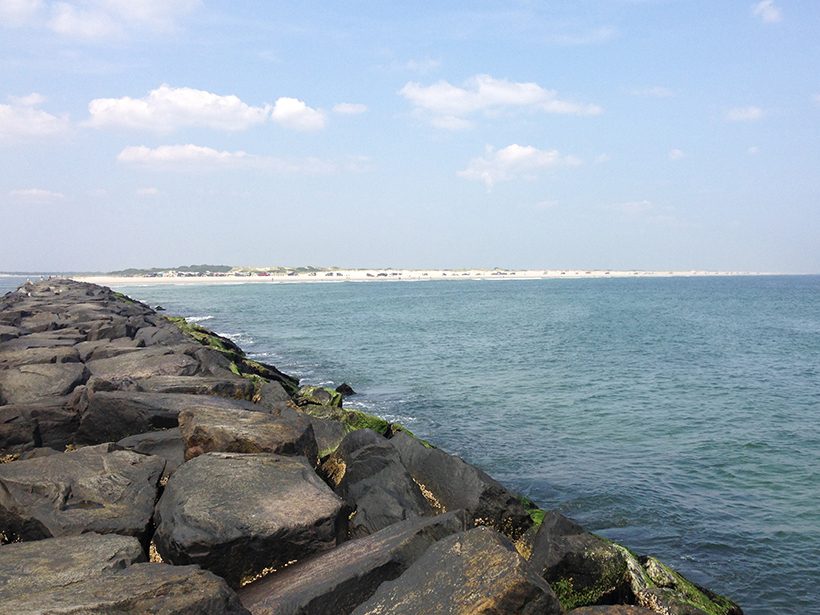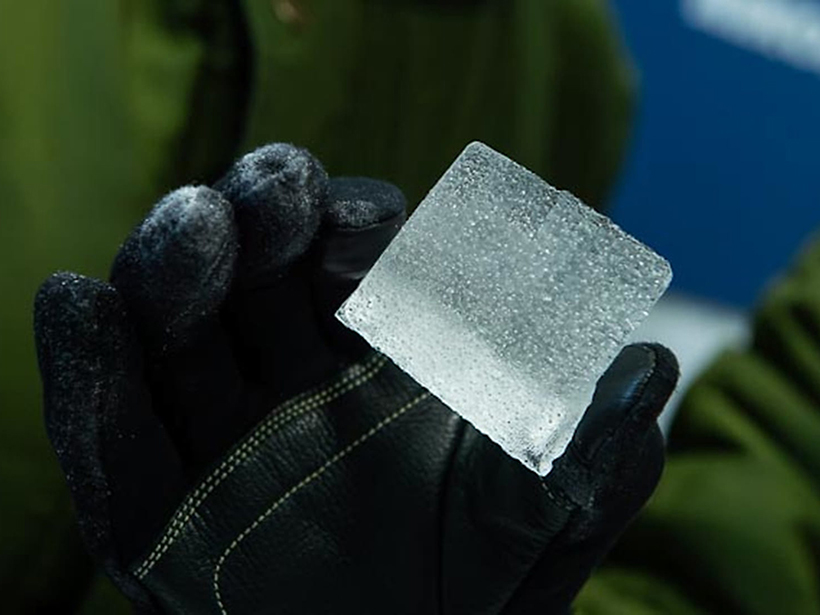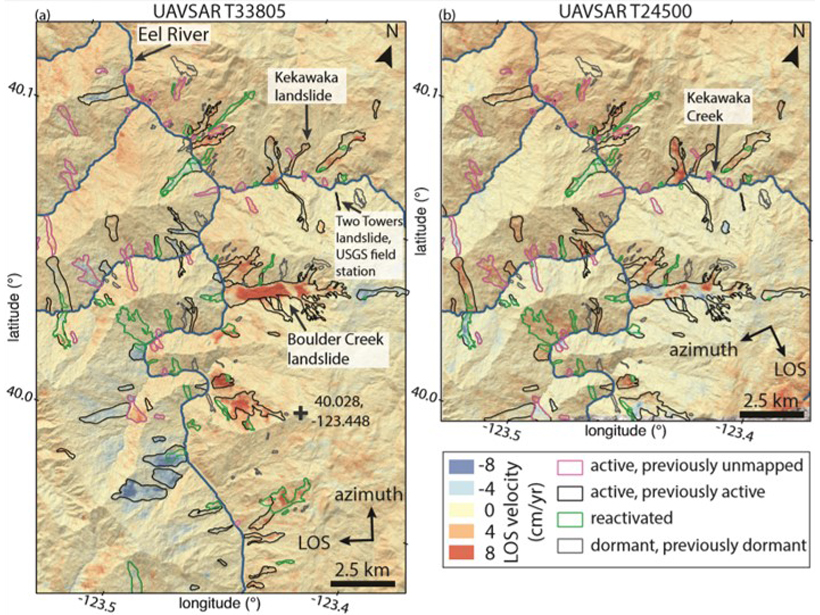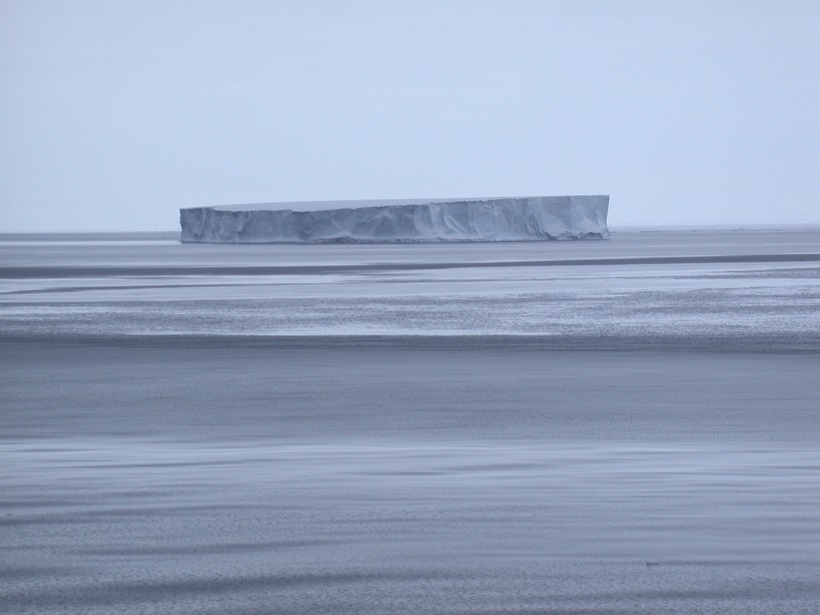Three billion years ago, on Mars, the shores of an ocean may have been flooded by a mega-tsunami. Now the crater left by the bolide impact that probably triggered the tsunami has been identified.
CC BY-NC-ND 2019
How Old is the Water from the Tree Canopy to Groundwater?
Understanding the “age” of water in different times and places offers insights into how water moves through the hydrological cycle.
Huge Aquifer Imaged off the Atlantic Coast
Offshore aquifers may be a common feature along passive continental margins around the world.
A Better Way to Measure Cloud Composition
An enhanced satellite remote sensing suite accurately measures ice particles, temperature, and water vapor.
How Ice Cores Are Helping to Track Preindustrial Ozone
Research helps allay concerns about discrepancies between atmospheric chemistry models and historical direct measurements.
Satellite Data Reveal Growth and Decline of Sargassum
High nutrient levels in 2018 resulted in a nearly 9,000-kilometer belt of Sargassum, a seaweed critical to many marine animals but also a nuisance when it washes up on shorelines, new results reveal.
How Is Recent Arctic Warming Impacting East Asian Weather?
Arctic Warming and East Asia Weather Linkage Workshop; Incheon, South Korea, 13 May 2019
Detailed Origins of Sea Spray Revealed, One Droplet at a Time
An energized air-sea interface facilitates exchange between the atmosphere and the ocean. A new study looks at the formation of sea spray, an important component of this exchange.
Landslide Activity Ramps Up With Extreme Rainfall
An increase in activity of hundreds of slow-moving landslides during extreme wet conditions in California provides insights into the landscape response to ongoing climate change.
Science in a Frozen Ocean
It’s notoriously difficult to access, but new technologies, international collaboration, regional models, and interdisciplinary approaches are improving understanding of the Weddell Gyre.










